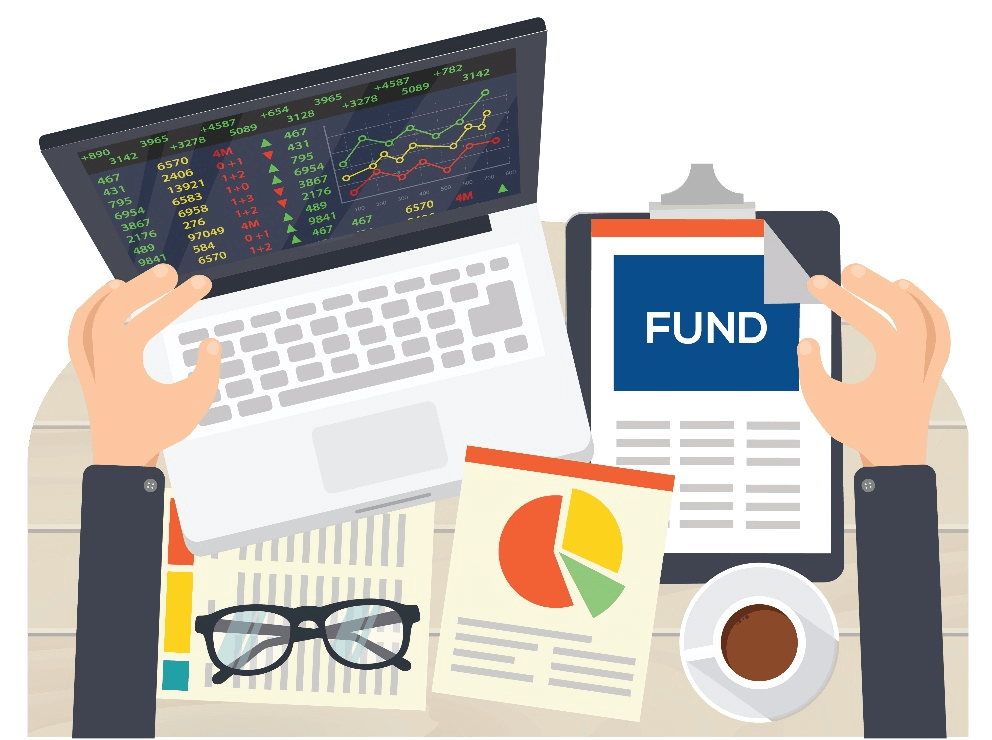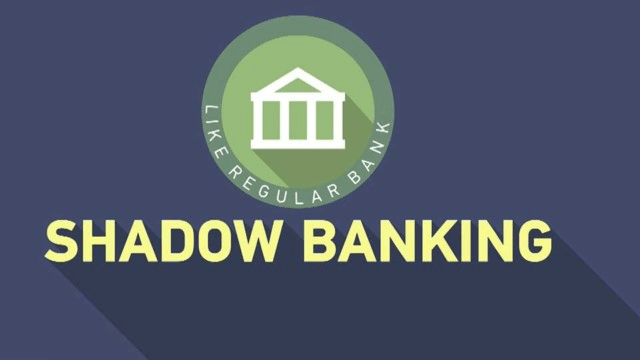
To enjoy your golden years in retirement, you've worked hard in the workforce and built up a sizeable nest pile. Even if you've followed all the appropriate steps up until this point, there are still ways you could unintentionally ruin your retirement once you've reached it.
GOBankingRates consulted retirement planning professionals to receive their best advice on everything from investing to Social Security. To succeed in this new stage of your life, pay attention to their counsel.
1. Delay Filing for Social Security
One retirement mistake that even intelligent individuals make is claiming Social Security benefits too soon. Waiting until age 70 to start receiving Social Security benefits can increase your payout if doing so is financially feasible for you.
"Do you wish to finally construct your dream home or spend your golden years traveling extensively? Delaying your Social Security benefits may be advantageous, according to Judith Corprew, executive vice president at Patriot Bank, N.A.
2. Establish a budget for retirement
It's critical to make a budget and adhere to it because, in retirement, you're now living on a fixed income. Otherwise, you risk being bankrupt in your golden years.
Create a practical retirement plan by creating a budget of your expected resources and expenses, advised Corprew. "Always remember to prepare for the unexpected. Nobody wants to go through tragedy, but if you have a solid plan in place, it will help you get through it no matter what.
3. Consult with family members about your retirement plans.
"Oftentimes, a cooperative approach will allow you to do more in retirement for less," Corprew continued. "For instance, if you've always wanted to spend the chilly winters in Florida on the beach, you might be able to get the vacation you want at a lower cost by dividing ownership of a vacation property into timeshares or other arrangements with family members."
But be careful not to fall victim to timeshare fraud; this is a frequent retirement trap.
4. Put money into safe investments
Making the wrong investing choices in retirement is a costly error.
Lack of safe money investments is one of the top blunders retirees make, according to Wayne K. Maslyk Jr., president of Great Lakes Benefits and Wealth Management. They are convinced to invest all of their money by a broker, stock jockey, or variable annuity salesperson.
Maslyk cautions against investing your entire life's wealth in ventures with a risk of financial loss.
"A retiree should have a portion of their investable money in safe accounts like CDs, fixed annuities, and government bonds, so when the market takes a beating, at least a chunk of their life savings is not deteriorating," he suggested.
5. Challenge Traditional Financial Wisdom
Many often-used financial maxims don't work all that well.
Avoid formulaic heuristics like the '4 Percent Rule' for determining portfolio withdrawal rates, the '100 minus your age' asset allocation rule, and the widely held belief that investors should first consume their taxable accounts before using their tax-deferred funds and then tax-free Roth accounts, in that order," advised John "J.R." Robinson, founder of Financial Planning Hawaii. There is a wealth of data that shows how outdated and inadequate these beliefs are.
6. Reduce and Refine Income Taxes
Your portfolio withdrawals, Social Security benefits, and the order in which you remove funds from different retirement savings accounts will all affect how much income tax you owe.
The low-hanging fruit in retirement income planning, according to Robinson, is income tax optimization or minimization. "Income tax is usually one of the biggest expenses for retirees in the mid-market affluent space and is usually the one line item in the budget that they do not mind decreasing. Coordination of portfolio withdrawals with Social Security retirement payments and meticulous planning of account spending sequences are frequently necessary for optimization.
7. Select the Account Spending Order That Is Most Appropriate for Your Financial Situation.
Which should you fund first: your 401(k), IRA, or Roth IRA? The answer will depend on your own financial circumstances, so be sure you are aware of the effects of the sequence you select.
According to Robinson, "Account spending order is frequently a critical element of tax optimization." According to the retiree's baseline Social Security and pension income, it may make sense to withdraw money from tax-deferred retirement accounts first if those withdrawals are taxed at low marginal rates. It may also make sense to take Roth distributions to avoid paying capital gains tax in taxable accounts or to keep Social Security benefits from being taxed.
8. Develop a portfolio withdrawal plan.
You might have investments in a variety of asset classes for your retirement. Make sure you have a plan in place before you begin to pay out these investments.
According to Robinson, "Portfolio withdrawal strategy is probably the most underrated factor in figuring out portfolio sustainability." The majority of financial planning tools and many academic studies on retirement income planning make the implicit assumption that taking proportional withdrawals from each asset class while rebalancing annually is an effective withdrawal strategy. There is a tonne of published research that shows it isn't.
In instance, scholarly studies have demonstrated that utilising techniques that postpone using equities until retirement, particularly during challenging economic periods, may increase portfolio sustainability. "It has been demonstrated that sophisticated dynamic withdrawal strategies and cash/bonds first withdrawal strategies have significantly better results."
9. Reduce Portfolio Costs
Your retirement savings could be seriously eroded by portfolio charges such as transaction costs, internal mutual fund/ETF fees and expenses, and investment advisory fees.
Robinson stated that one key factor in determining how long one's nest egg may remain is "minimizing portfolio expenses." Two similar portfolios with the same withdrawal strategies will have considerably different sustainability profiles when planning for a 25 to 30-year retirement, even with expense differences as little as 1%.
To increase the amount of your nest egg, look around for a broker with reasonable costs.
10. Put money into single-premium immediate annuities and deferred income annuities.
"In the absence of a bequest motive, withdrawal rates may be increased and portfolio sustainability enhanced by allocating a portion of one's retirement portfolio to single premium and/or deferred annuity contracts," Robinson stated. Retirees would benefit by receiving a larger percentage of their retirement income from guaranteed sources, such as SPIAs and DIAs, according to a good amount of scholarly research.








